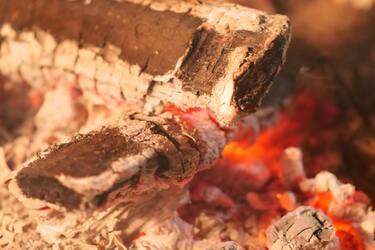How and why to use ash in gardening

Ash is a valuable resource for gardeners seeking to improve plant health and protect them from pests. UAportal has prepared tips for its use in the garden.
In addition to being rich in essential nutrients such as phosphorus, calcium, potassium, iron, zinc, magnesium, and manganese, ash also helps to deoxidize the soil and improve its structure.
Fertilization
Before planting, add about 1.5 spoons (8-10 grams) of ash to each seedling hole. For plants that are already growing, dissolve 300-500 grams of it in water and use during watering.
Fruit trees and shrubs benefit from a spring application of 100 to 150 grams per square meter, ideally combined with peat for maximum effectiveness. Vegetable crops need a dose of 100 to 150 grams per square meter, while potatoes and legumes need 60 to 100 grams and 150 to 200 grams, respectively.
Pest and mold control
Ash can help control pests. Gray mold on strawberries can be effectively removed by dusting the plants with it. Use 10 to 15 grams per plant and repeat the process two to three times to eliminate gray mold.
To combat powdery mildew on cucumbers, gooseberries, and currants, prepare a solution by boiling 300 grams of ash in 2-3 liters of water, let it brew for 4-6 hours, and add 30 grams of grated laundry soap. Finally, strain the solution and use it to treat the affected crops.
If you want to get the latest news about the war and events in Ukraine, subscribe to our Telegram channel!
